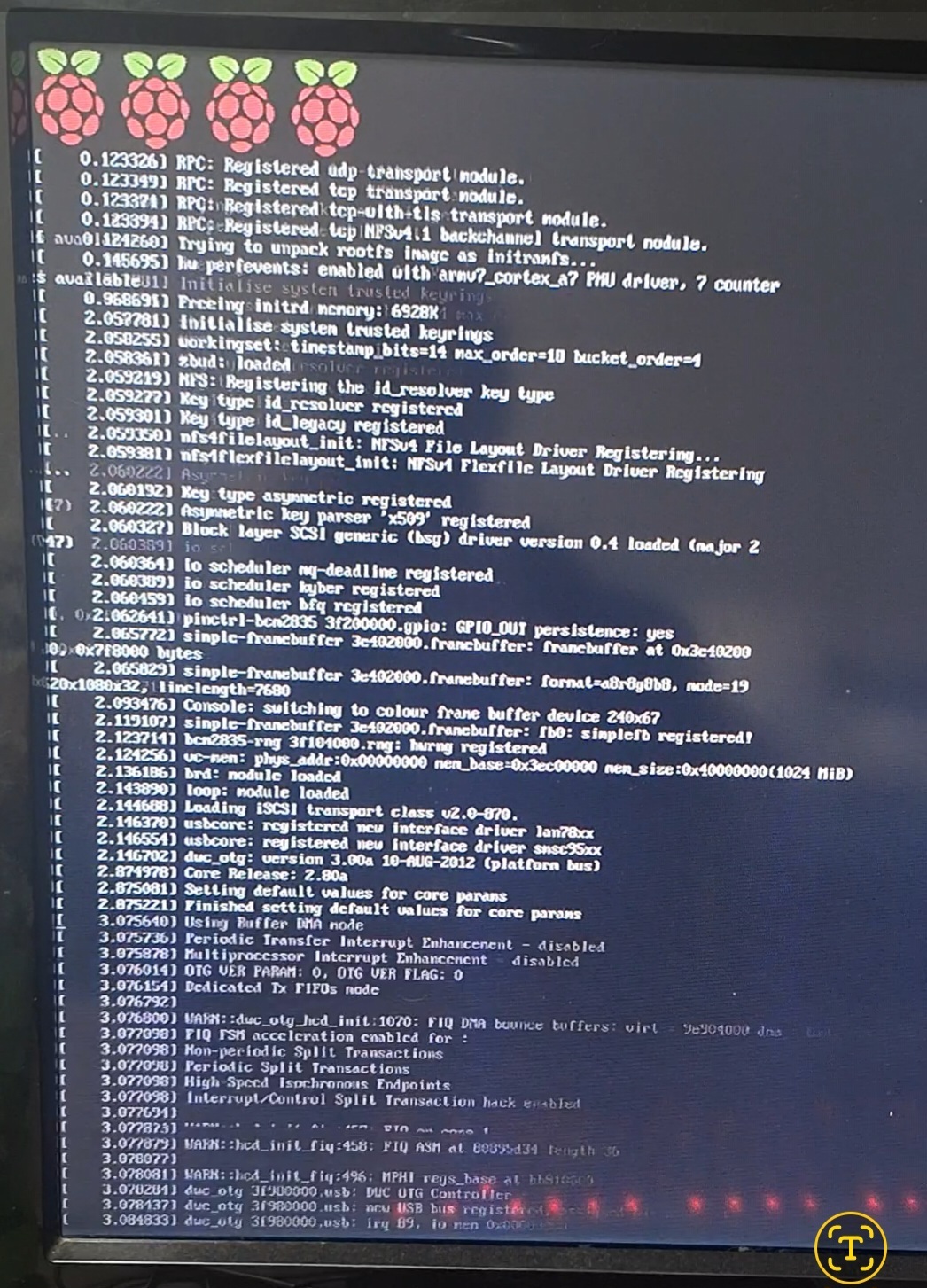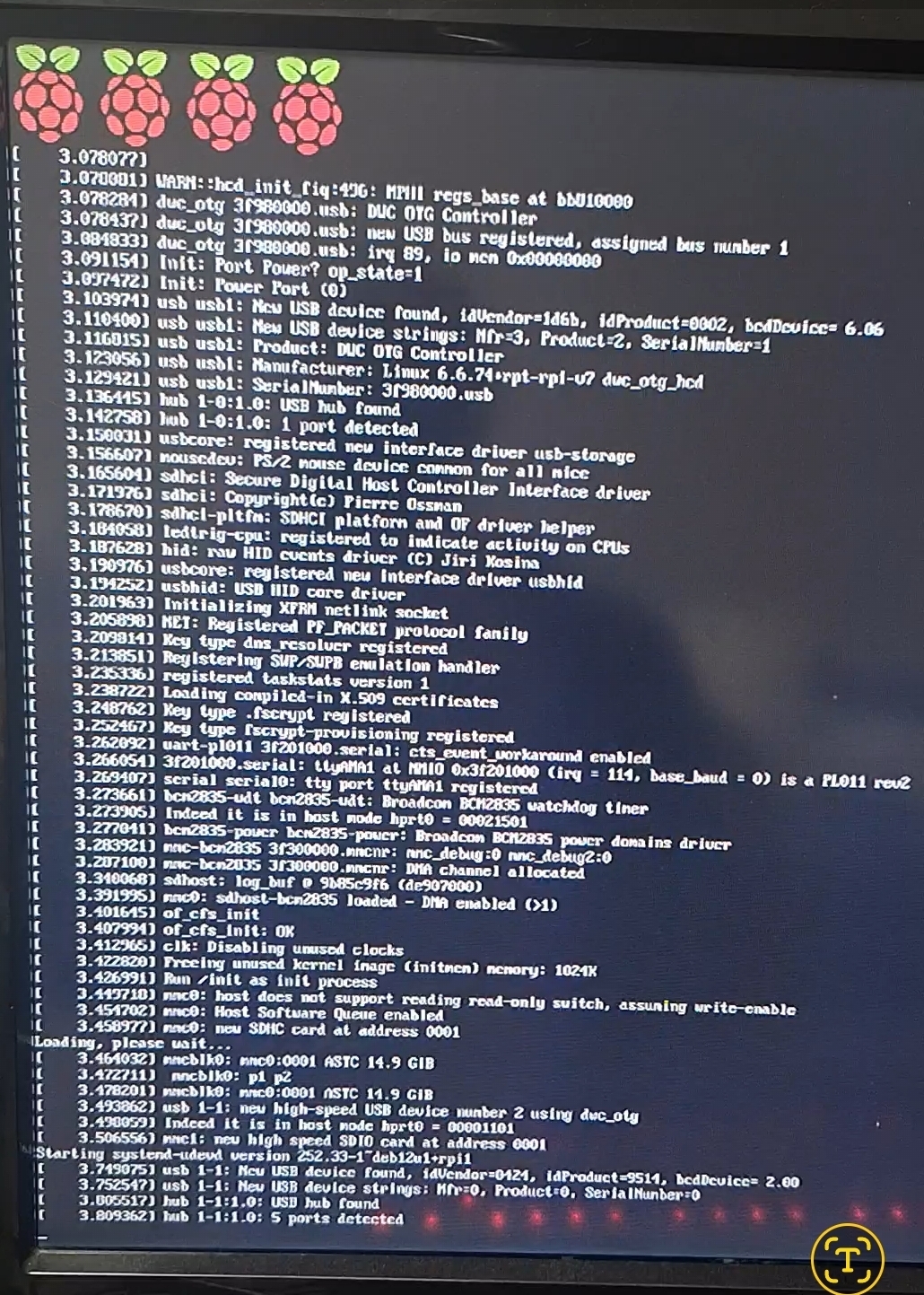Selfhosted
A place to share alternatives to popular online services that can be self-hosted without giving up privacy or locking you into a service you don't control.
Rules:
-
Be civil: we're here to support and learn from one another. Insults won't be tolerated. Flame wars are frowned upon.
-
No spam posting.
-
Posts have to be centered around self-hosting. There are other communities for discussing hardware or home computing. If it's not obvious why your post topic revolves around selfhosting, please include details to make it clear.
-
Don't duplicate the full text of your blog or github here. Just post the link for folks to click.
-
Submission headline should match the article title (don’t cherry-pick information from the title to fit your agenda).
-
No trolling.
Resources:
- selfh.st Newsletter and index of selfhosted software and apps
- awesome-selfhosted software
- awesome-sysadmin resources
- Self-Hosted Podcast from Jupiter Broadcasting
Any issues on the community? Report it using the report flag.
Questions? DM the mods!
view the rest of the comments
Seems it was a bad card.
Tried a different one and all is well again.
SD cards get thrashed pretty quickly from high I/O usage. Install and setup log2ram to mitigate some of that issue, and put any heavy logging to wherever you set the log2ram mount (/var/log by default). Note this will extend the life of the SD card, but reduce your available RAM while running. Another option is getting an NVME hat or USB adapter to not run on off of SD.
Here's a couple frames from a video I took. More lines than I thought, but I don't see anything noteworthy :/
Start of boot:
Last lines shown before video dies:
Pretty sure the video mode is just being set wrong. Did you set the run level or something since you mentioned headless? Have you tried to SSH into it?
What happens if you boot the clean image, then reboot it without updating?
didn't look like anything unusual, but I'll try and grab a photo before it disappears from screen. Waiting on 'apt upgrade' rn.
the devices MAC has a fixed DHCP lease. The IP becomes and remains unreachable as soon as I enter 'sudo reboot'.
this is a previously known to be good card (it had a working OS on it prior to todays messing around), but I'll try another for good measure.
Grab the sd card, and look at it on your pc. If windows can't read it (idk anything about windows), do so from another linux (live boot Ubuntu or something on your windows machine).
The journal log should be stored at either one of:
/var/log/journal/<machine-id>/*.journal/run/log/journal/<machine-id>/*.journalPost it's contents in full here via pastebin.com